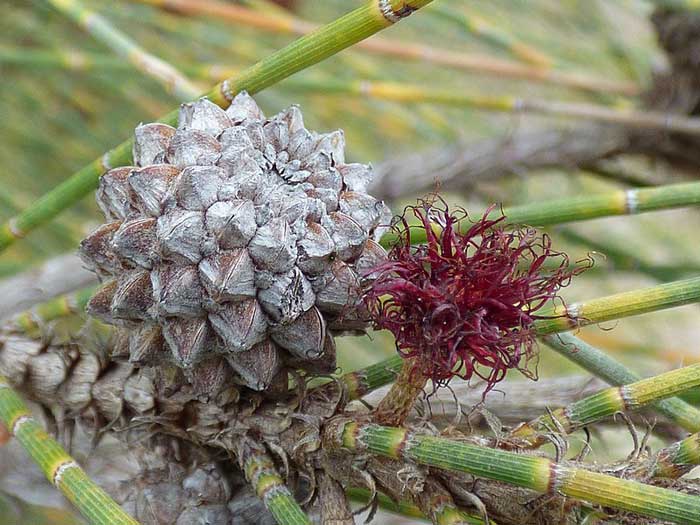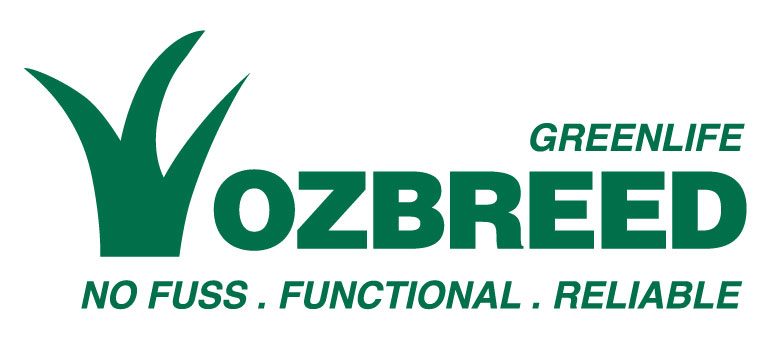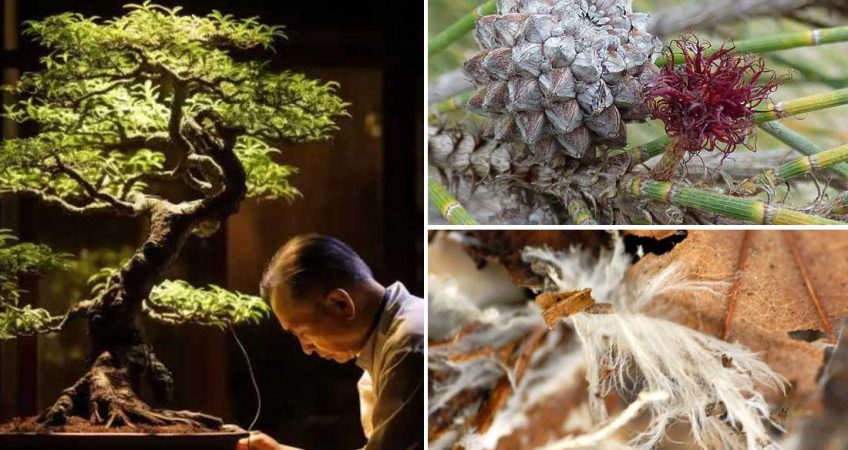Ever wondered about the vast world of plants and their intricate relationships with our ecosystem and well-being? This comprehensive guide will dive deep into the fascinating kingdom of plants, exploring their types, ecology, and impact on our health and wellness.
The Four Types of Plants
From the humble mosses in your backyard to the shrubs and the majestic trees in a forest, plants come in diverse forms. They are broadly classified into four types: bryophytes, pteridophytes, gymnosperms, and angiosperms.
All flowering plants are angiosperms – even if the flower doesn’t look like much. Many people mistake casuarinas for cone-bearing plants, but they’re actually flowering plants.

Bryophytes
Bryophytes, including mosses, liverworts, and hornworts, are simple, non-vascular plants that typically inhabit moist environments. They lack true roots, stems, and leaves but have structures that perform similar functions.
Pteridophytes
Pteridophytes comprise ferns and their allies. These vascular plants have true roots, stems, and leaves and reproduce via spores rather than seeds.
Gymnosperms
Gymnosperms, like pines and firs, are seed-producing plants with naked seeds (not enclosed in a fruit). They’re known for their evergreen leaves and conical shape.
Angiosperms
Angiosperms, or flowering plants, are the most diverse group of land plants. Their seeds are enclosed within a fruit, and they range from grasses and herbs to large trees. Any plant with flowers is included here.
The Ecology of Plants
Plants play a crucial role in ecological systems, contributing to habitat formation, food chains, and symbiotic relationships.
Plant Habitats
Different plants thrive in different habitats, providing shelter and sustenance for various fauna. From the aquatic plants and reeds in a pond to the hardy shrubs in a desert, plants have adapted to a wide range of conditions.
Plants as Food Sources for Fauna
Plants form the base of most food chains, providing energy for herbivores, which in turn become food for carnivores, eventually rotting down with the help of fungi which then deliver food back to plants. They offer flowers with nectar, fruits, seeds, and foliage that sustain diverse fauna.
Symbiotic Relationships with Bacteria and Fungi
Many plants engage in symbiotic relationships with bacteria and fungi, aiding nutrient absorption and defending against pathogens. For instance, legumes have nitrogen-fixing bacteria in their root nodules, enhancing soil fertility. Bacteria and fungi also break down organic matter into a form that plants can use to uptake nutrients. Plants willingly allow mycorrhizal fungi to colonise their roots and feed on their sugars in return for other valuable resources like moisture and nutrients.
This is a photo of mycelium, the root-like part of a fungal organism, colonising and breaking down leaf litter.

General Garden Advice
Whether you’re an experienced gardener or a beginner, these gardening tips can help you grow healthy, vibrant plants free of pests and diseases.
Right Plant, Right Place
Choose plants that suit your home or garden’s conditions, considering factors like sunlight, soil type, and space. For example, don’t try to use sun-lovers as indoor plants. And certain plants are better for hedging than others.
Understanding Climate Needs
Different plants have unique climate needs. Ensure your chosen plants can thrive in your region’s climate. This includes sunlight, weather, soil, temperature and moisture needs.
Fertilisation Basics
Fertilisers replenish nutrient levels in the soil. Use them judiciously, as excess can harm plants and the environment, while too little fertiliser can slow your plants down.
The Importance of Sunlight and Water
Plants need the right balance of sunlight and water. Understand your plants’ specific needs to avoid overexposure or underwatering.
Maintenance Tips
Regular maintenance, including mulching, pruning and mulching, can keep your plants healthy and aesthetically pleasing.
Bonsai plants are known to be difficult to maintain. It can take decades to master the art of pruning and caring for them

Integrated Pest Management (IPM)
IPM involves using a combination of techniques to manage pests effectively and sustainably. Methods include physically removing pests by hand or with a jet of water, barriers like nets, changing the plant’s environmental conditions and introducing beneficial predatory insects.
Tips on Buying Plants
Be careful where you buy plants from to avoid heartache. Check the leaves, stems and roots to make sure there are no signs of damage, disease, or root girdling.
Why Buy from Reputable Retailers
Reputable retailers offer quality plants and can provide valuable advice on plant care. Check for online reviews if you’re visiting a retailer for the first time.
Choosing Well-Bred Plants
Well-bred plants, such as those from Ozbreed, are more reliable and often offer superior traits like disease resistance and hardiness. Poorly bred plants or natural species can sometimes under-perform in the urban landscape.
Indoor Plants
Indoor plants are really just low-light plants in a pot. Treat them just like any other plant, with a few adaptations to your schedule such as wiping dust from leaves and avoiding smelly organic fertilisers.
Avoiding Common Buying Mistakes
Avoid impulse buying and consider factors like plant size, health, and suitability to your garden. Most importantly, factor in your own preferences, for example, NZ natives are very popular.
Conclusion
Understanding plants, their ecology, and benefits can enrich our gardening experience as well as enhance our life satisfaction and well-being. Apply these insights and tips to create a healthy, beautiful garden that brings joy and serenity. Happy gardening!

